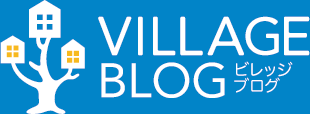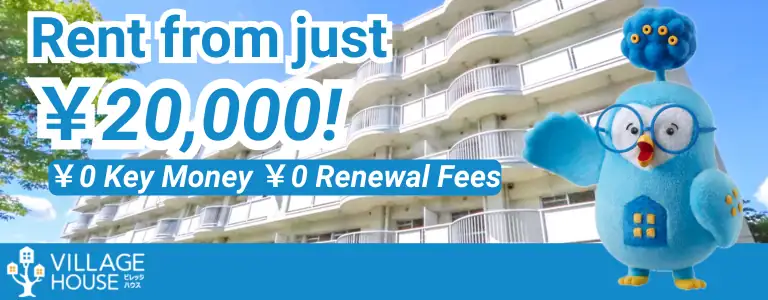The scorching sun not only keeps you from going outside, but also takes away your comfort indoors. In apartments with south- or west-facing balconies, many people feel uncomfortable with the rise in room temperature during the day.
Moreover, according to the Household Survey Report published by the Statistics Bureau of Japan, the average monthly electricity bill for a typical household (with two or more people) in fiscal year 2025 is ¥12,220. However, with the spread of remote work in recent years, there is growing concern that electricity bills in the summer may become even higher.
Thus, in this article, we will share some tips on how to stay comfortable at home while keeping your electricity bills under control. Please feel free to use this as a reference.
At Village House, we offer a wide selection of rental properties across Japan starting from just ¥20,000. If you’re looking for a new place to live, be sure to check out our website!
Block sunlight with sudare bamboo blinds
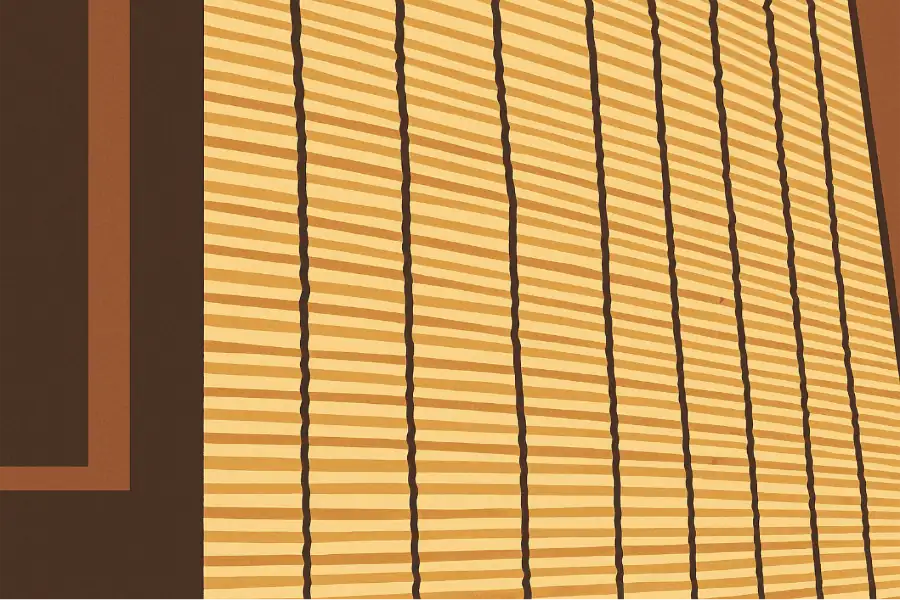
The traditional sudare bamboo blinds are an item that blocks direct sunlight while still allowing air to circulate. By blocking direct sunlight, they prevent the temperature inside from rising and improve the efficiency of air conditioning, which can lead to lower electricity bills.
Additionally, bamboo blinds made from natural materials can make your home look refreshing. Just by simply hanging them on your balcony or by the window will create a charming summer vibe. Lightweight and easy to install, bamboo blinds are appealing because they can be installed easily in rental properties.
Use sunshades and awnings
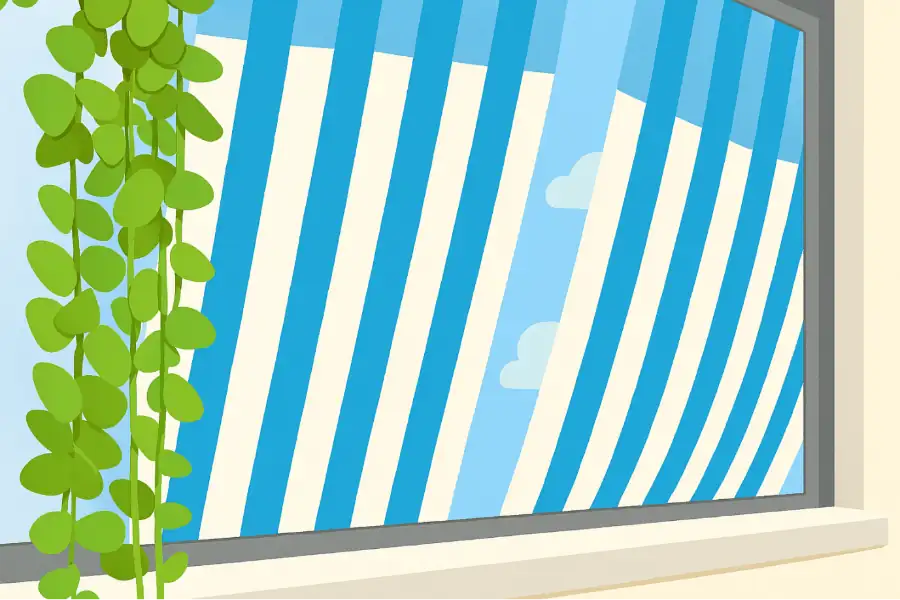
By using sunshades and awnings, you can easily create a shaded area. While both are made of fabric and they may look similar, many people may not know the difference between them.
Sunshades are usually made from loosely woven fabric, making them lightweight and breathable. However, they offer limited sun protection and are not suitable for protection from the rain. As such, they are generally used only during daytime on sunny days.
Awnings, on the other hand, are made from thicker materials and offer higher sun protection. Many are water-repellent or made from vinyl, making them suitable for rain protection as well. They’re a reliable option not only on sunny days but also when the weather is unpredictable.
Sunshades and awnings can be easily installed by attaching specialized mounting brackets to window frames, balcony ceilings, or walls. Many products require no professional installation, making them convenient to use even in rental properties.
Furthermore, not only do they block the scorching hot summer sun, but they also suppress the rise in indoor temperature and boost air conditioning efficiency, making them effective as an energy-saving solution. Depending on your needs and lifestyle, using both sunshades and awnings to get the most out of each is highly recommended.
Use plants as green curtains

A green curtain is a natural shading created by climbing plants along windows or balconies. Not only does it give your home a refreshing look, but it also helps block direct sunlight and prevent the room temperature from rising, making it an attractive and eco-friendly solution.
For summer, “annual climbing plants” are especially recommended. Plant varieties that grow rapidly from May to August are ideal. Popular choices include bitter melon, cucumbers, cherry tomatoes, morning glories, and blackberries. Vegetables like bitter melon and cucumbers add extra value—not only do they provide shading, but you can also harvest and enjoy them in your cooking once they bear fruit.
While it takes some knowledge to grow plants, these varieties are relatively easy to grow, so they are recommended for gardening beginners.
As autumn approaches, the plants will naturally wither, which means cleaning your balcony may require a bit more effort. Also, be careful as the vines may grow longer than expected and may even creep into your neighbor’s balcony, so be sure to regularly maintain and guide the vines properly to keep them under control.
For more info, check out our blog: Apartment Gardening for Beginners: How to Cultivate a Green Space in Your Home!
Install space-saving furniture on the balcony
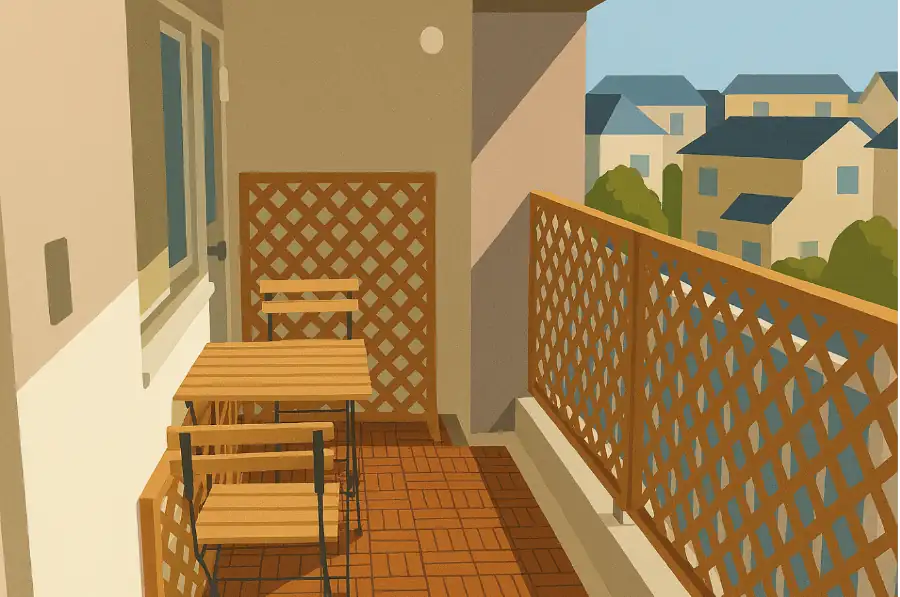
If you want to turn your balcony into a cool summer retreat, installing space-saving furniture is highly recommended. For example, items like stackable chairs and folding stools can be tucked away neatly when not in use, so that they don’t obstruct the pathway.
In addition, if you install a hammock chair using a beam or a dedicated stand, you can feel the breeze as you gently sway on it. You can also feel even more comfortable being barefoot by placing wooden deck panels or an outdoor rug under your feet.
However, keep in mind that apartment balconies often serve as emergency evacuation routes, so it’s important to be mindful when arranging furniture. In general, it’s recommended to maintain at least 60 cm of clearance for emergency access. The same applies to the emergency breakaway panel between neighboring units—ensure that there’s at least 60 cm of unobstructed space in front of it.
Switch to LED lighting
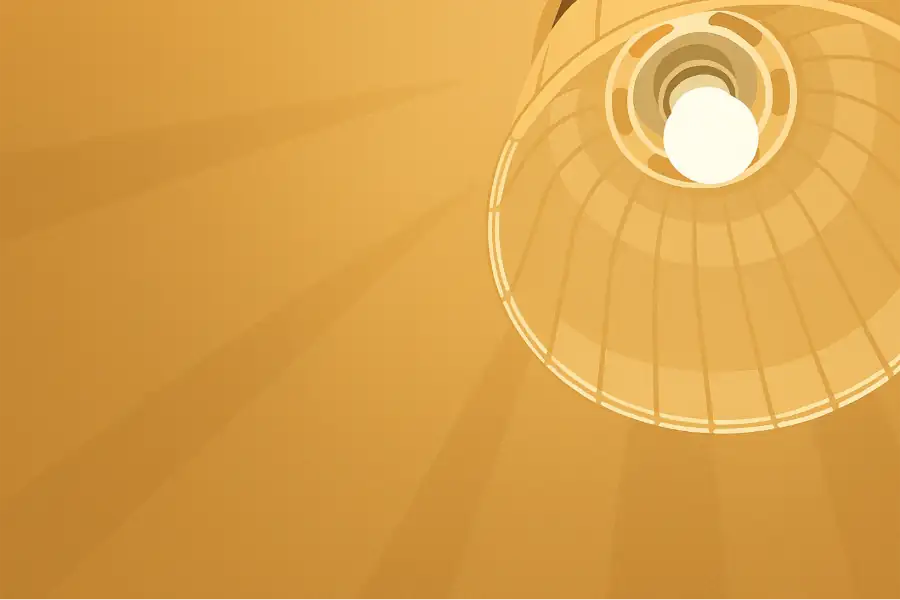
Replacing your indoor lighting with LED bulbs can help improve your air conditioning efficiency. Conventional incandescent bulbs release about 90% of their energy as heat, which warms up the room slightly. On the other hand, LED lights generate less heat while providing the same level of brightness, helping to reduce the strain on your air conditioner.
In fact, switching from fluorescent lights to LEDs can reduce annual HVAC energy consumption by 1% in north-facing rooms and up to 4% in south-facing rooms. If you also adjust your thermostat settings moderately, you can expect a reduction of 30% to 32%. In other words, LED lighting consumes less electricity, which in turn reduces electricity bills, making them a suitable energy-saving solution.
Provide shade for your air conditioner’s outdoor unit
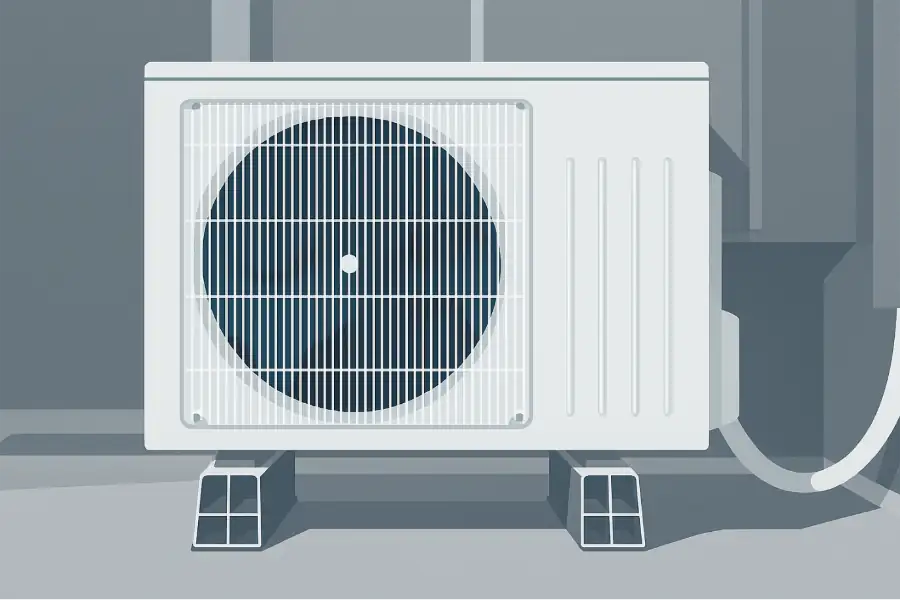
If you want to improve your air conditioner’s cooling efficiency, don’t forget to take measures to shade the outdoor unit—especially if it’s installed in a spot that gets direct sunlight, such as a balcony in an apartment. When exposed to direct sunlight, the unit can overheat, making it harder to release the heat it pulls from indoors.
Air conditioners work by drawing in warm indoor air, cooling it via a heat exchanger, and then returning the cooled air to your room. At the same time, the heat absorbed from indoors is released through the outdoor unit. If the outdoor unit becomes too hot, this heat-release process slows down, forcing the AC to work harder and consume more energy.
When installing a shade on the balcony, adjust the position so that the outdoor unit is completely covered. Also, avoid placing objects around the outdoor unit, and make sure there is good ventilation so that air can circulate smoothly in order to prevent the temperature of the outdoor unit from rising.
At Village House, there are no security deposits, key money, handling fees, or renewal fees*. If you want to save on initial costs, please feel free to reach out to us!
*Depending on the contract details and screening results, a security deposit may be required.
Related articles:

Hello, I’m Machiko Doi, a freelance writer who writes about housing and living in Japan.
I live in an 80-year-old house that I inherited from my grandparents along with my two shelter cats and daughter.
We live a relaxed life while repairing the house.
I like to cook vegetables from the garden and fresh fish caught by my father, and enjoy them with cold beer on a hot day or hot sake on a cold day.

